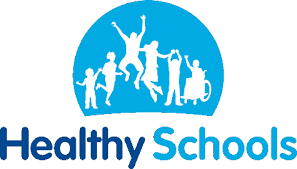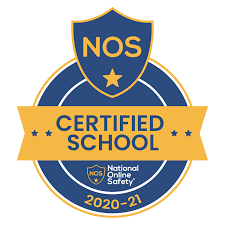Reception- Physical Development- Leaf Threading
Reception class children enjoyed our leaf threading task today to enhance their fine motor skills. This task involved the precise manipulation of threading materials, such as thick laces through holes punched in or around autumn leaves. Successfully completing this task required significant hand-eye coordination, focusing the child's attention on coordinating their movements to thread through the small target area.
Year 3 - English - Understanding The Main Reasons For A Letter
This week, Year 3 have been discovering how to change minds with words! We started our new unit on Persuasive Letters by acting as text detectives. Our specific focus was identifying the main reasons within a text. The children read example letters and worked hard to pick out exactly why the author was writing and what arguments they used to support their point of view. It was a great introduction to understanding how to build a strong argument before we start writing our own!
Pre-School- Science -Electricity
This week in our understanding the world the children have been looking at electricity. We used an electricity board so the children could see when electric was pumping to the board the light bulb lit up and when electricity was pulled away the bulb did not light up.The children looked around the classroom to find items that need electricity to work.
Pre-School English Sensory Story Telling
Our literacy focus this week was We're Going on a Bear Hunt. We conducted a sensory storytelling session where children engaged their sense of touch by exploring trays set up with materials representing parts of the story. These included long wavy grass, thick oozy mud, sticks and leaves for the forest, and melting ice for the snowstorm. The children were highly engaged throughout, especially enjoying the sensory experience of climbing under the dark table to enter the cave.
Year 2 - English - Instructions
Year 2 have started an exciting new unit focused on instructions! We began by exploring how to play various playground games. The children acted as detectives, using their highlighters to successfully identify the crucial command words (or 'bossy words') that tell us exactly what to do.
Year 2 - Computing - Designing Christmas Cards
Today's Year 2 computing lesson focuses on digital design as students create their very own Christmas cards for the school competition. Using a child-friendly graphic design application (such as a simple drawing tool or a presentation program), children will learn to utilize basic tools like shapes, text boxes, and digital brushes. The key learning objectives are to practice manipulating digital objects and to understand the concept of saving and retrieving digital work. They will select appropriate backgrounds, draw festive pictures, and add personalized messages, encouraging them to think creatively while developing their fundamental mouse and keyboard skills to produce a colorful, unique final entry.
Reception- PSHE-Gruffalo Hunt
This week, Reception class stepped into the deep dark wood and enjoyed an exciting, cross-curricular Gruffalo Hunt! We used our investigative skills to search around the school grounds for the familiar characters from Julia Donaldson's much-loved story. The children were thrilled to spot the fox, the owl, the snake, and, of course, the fearsome Gruffalo himself! Following our successful hunt, we gathered to discuss the story's true hero: the little Mouse. We talked about how the Mouse used his wits and bravery to outsmart all the bigger, scarier animals. The children were brilliant at identifying what it means to be brave, even when you are feeling a little scared. The highlight of the discussion was sharing our own personal stories. Each child had a chance to talk about a time they were brave—whether it was trying a new food, going on a tall slide, or sleeping without their nightlight. It was wonderful to see the children supporting each other and celebrating their courage! This activity was a fantastic way to combine our literacy skills with our Personal, Social, and Emotional Development (PSED), helping us understand that even the smallest among us can be the bravest.
Pre-School-Maths-Comparing and sorting.
Today we had a bear-y special time playing with hoops and bears. It was so much fun to learn about "more," "fewer," and "the same"!First, we put our colourful hoops on the floor. Each bear was a different colour – red, blue, yellow, and green! We put some bears in one hoop and some bears in another. Then, we looked to see which hoop had more bears. That means a lot of bears! Which hoop had fewer bears? That means just a little bit. And sometimes, two hoops had the same number of bears! That means they were equal, just alike!
Year 4 Communion
On Tuesday, Year 4 spent part of the morning at Church, receiving Communion. The children worked hard to think of their own prayers, which were then read out to the congregation by them, including two readers who read a passage from the Bible. Rev Kev and the other adults were extremely impressed with Year 4's efforts, well done for a lovely service and time had by all.
Year 4 English - Creating Dialogue
In English, Year 4 have been innovating the story of The Pied Piper and needed to change the characters in the tale, to make it our own version. We have been looking at dialogue and how the original characters spoke and acted with one another, to then transfer that to our own ideas and character creations. What better way to do it, than act it out?! We really enjoyed 'becoming' our characters and acting like they would, so we then could create dialogue for them.
Year 4 P.E. - Gymnastics
This half term, the focus of Year 4's P.E. lessons is gymnastics. We are learning how our muscles need to be stretched to prevent injuries before we use them in physical activities and practised moving via a variety of rolls. Year 4 are getting pretty good at this!
Year 1 - PE - Dribbling Skills
Developing great control in PE! Year 1 focused on dribbling the ball with different parts of the foot and changing direction around the cones.
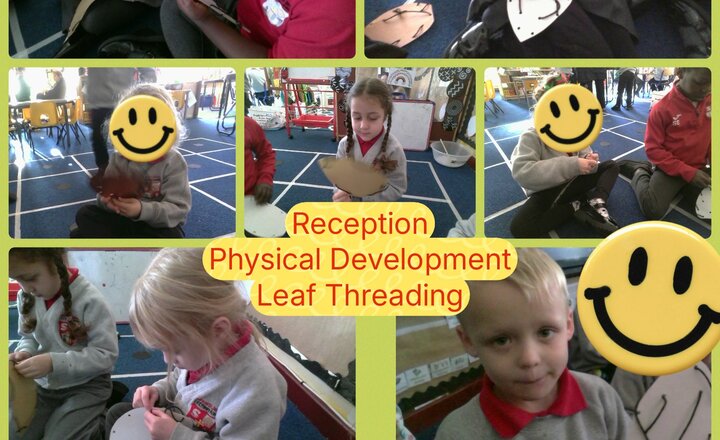
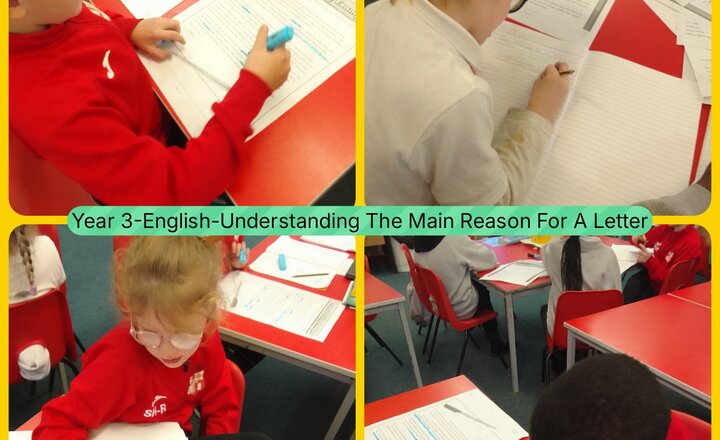
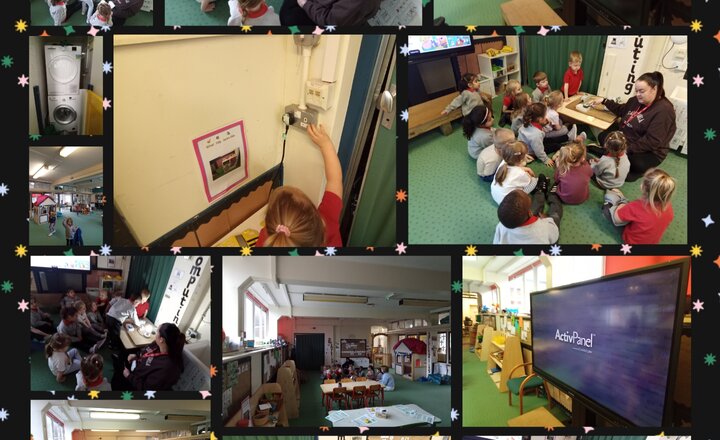

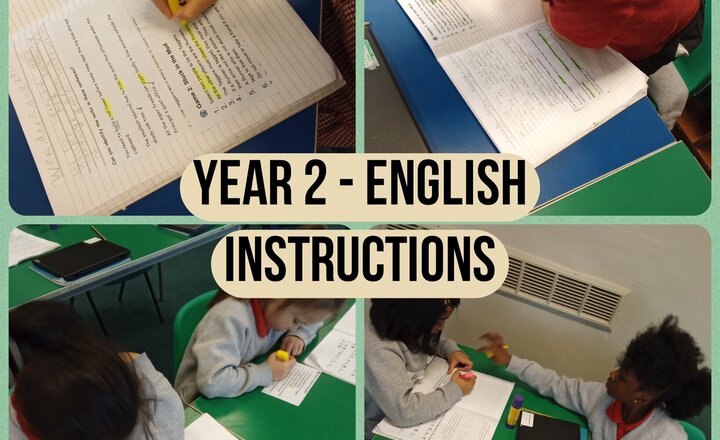

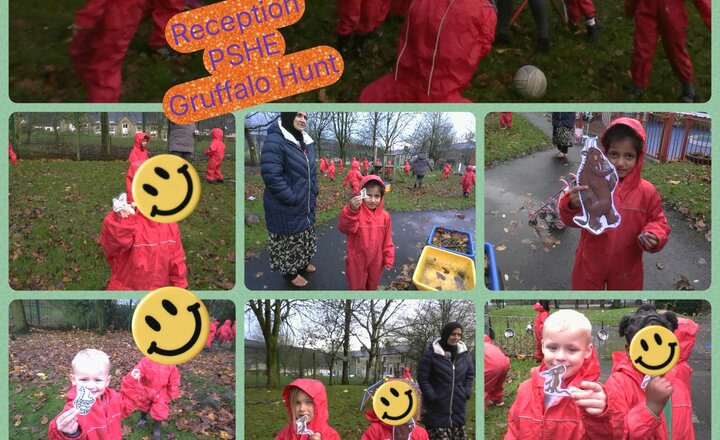
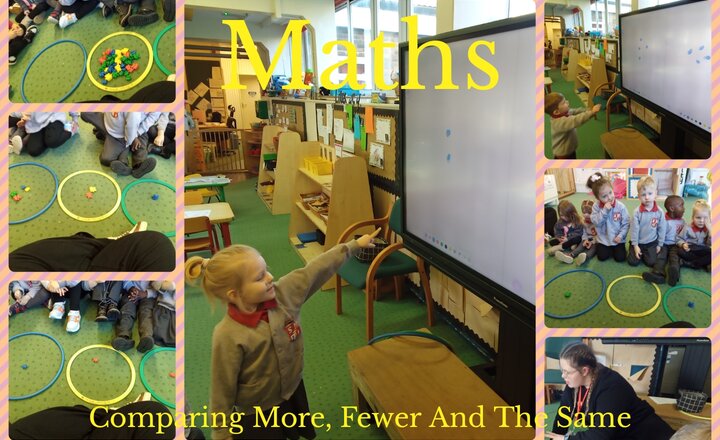
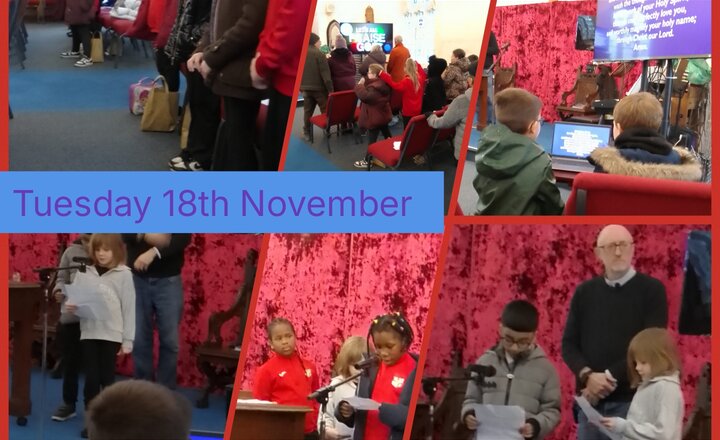
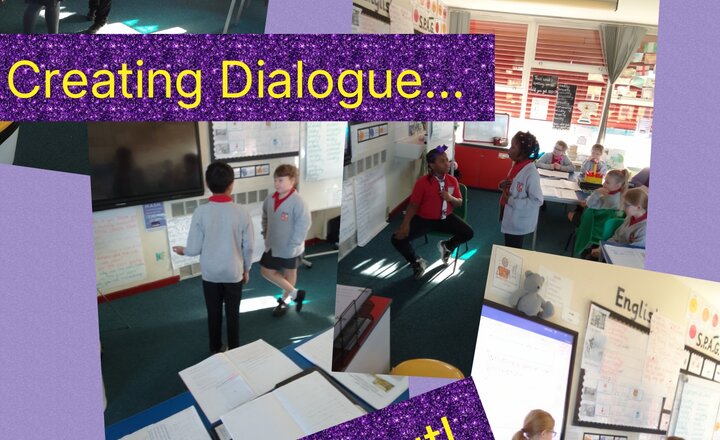

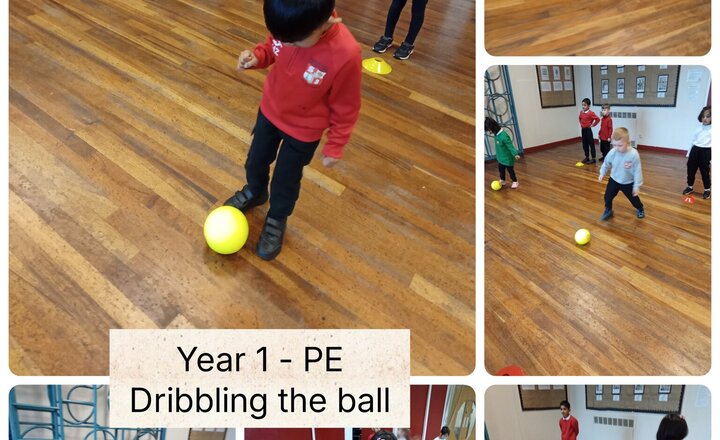
.png)
